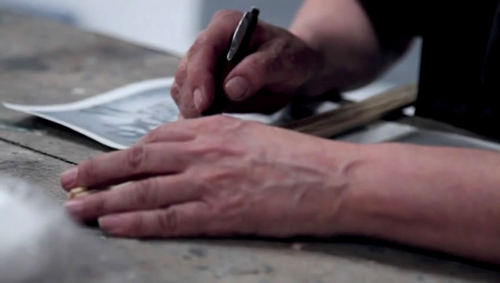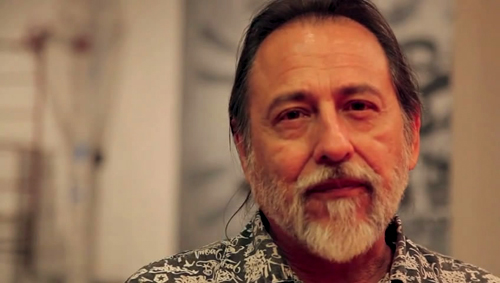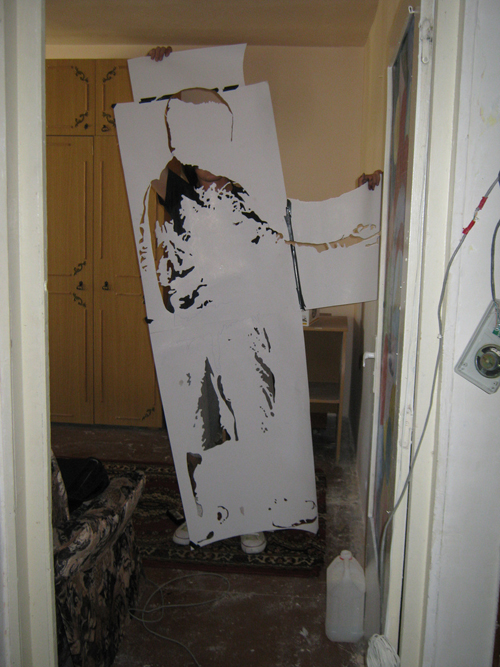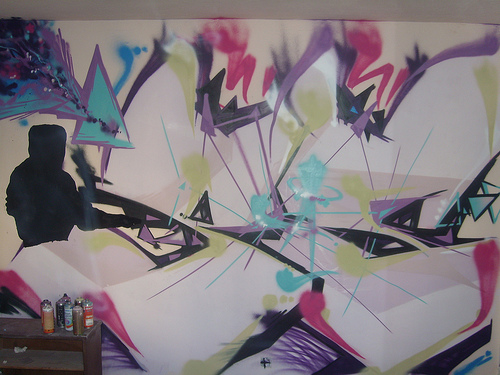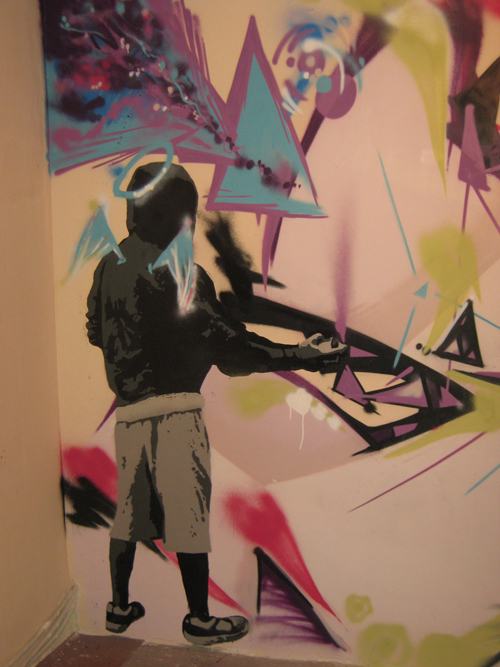STENCIL.RO on
-
Recent Posts
Yearly Archives: 2011
Style Wars 2



Faimosul documentar din 1983 Style Wars primeste o continuare.
Pentru site-ul oficial, clic AICI.
Glappy : Street Art Mozaicat



Glappy este un artist roman care face niste piese extraordinare de street art folosindu-se de tehnica decorativa, mozaic, pentru a da viata la personajele sale colorate.
Acest tip de arta stradala decorativa este in premiera la noi pe strazi, dar din pacate nu rezista prea mult pentru ca “iubitorii de arta” le dau jos destul de repede. Iar inafara de mozaic, Glappy mai face si stickere cu personaje la fel de interesante.
Lucrarile lui Glappy se gasesc pe Facebook / WordPress / DeviantArt.
Morphogenetic Field Device

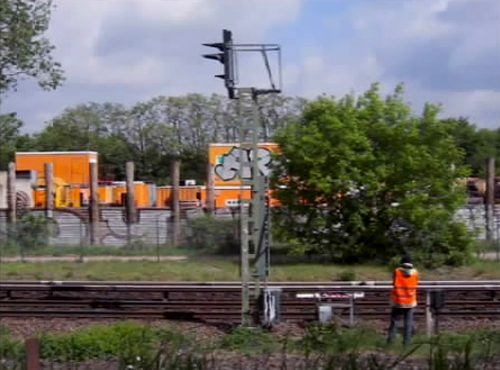

Made by german artist Daniel Tagno.
Make sure you check out his Website.
A1one a.k.a Tanha
This painting is not available in your country

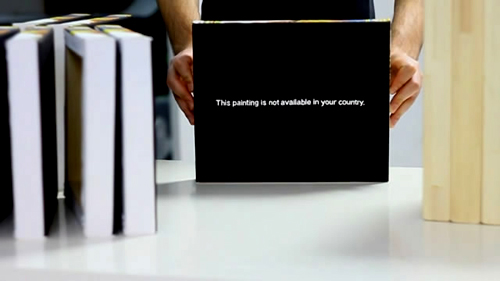

This painting is not available in your country.
But prints are.
Made by artist Paul Mutant.
Divine Featuring
Colored Water Cannon
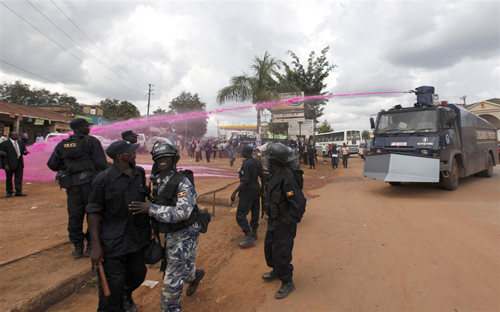


Dragut din partea lor.
Se intampla in Kampala, Uganda.
- via PhotoBlog
ON THE RUN WITH #4 : TIKA



“My face is based on lines and has a fat nose. I can be with or without body: Homie, Aztec, Frida Kahlo, Funkeiro, Mermaid, Indio, Gypsy, Geisha, Eski, Heidi, Maharachi, Pharao and much more. With very long arms and legs often folded to complicated knots. Usually I’m alive and sometimes dead. “Dia de los Muertos” inspired, with swirly bones, or just a huge skull by itself, broadly smiling from both sides of the face. Sometimes I’m a tiger, peacock, owl, kolibri, monkey, fox, fish, chameleon or a beaver. Reduced graphic shapes, who add themselves up to animals. Sometimes I’m just an organic heart, locked or unlocked. I’m four letters.
I’m TIKA.
After a cold, grey Swiss winter full of lobstar bombings, the first face was drawn on a bus ride to work in Mexico DF, big nosed and without body. It evolved from the idea that every line in a face closes to a shape. These lines build a grid pattern as it is often used in graphic design. The faces started to spread as hand-drawn stickers holding up signs with words or sentences over Chilangotown and then hopped over to Zurich, Berlin, New York and many other cities. On a remarkable barbeque, the day we bound together as TGS Kru, the heads started to spread, drawn with tagmarkers over Zeecity’s letterboxes, walls and the “fridgeyard” (a street corner where people dispose of old fridges, computers, washing machines, etc.) After a bad angina with antibiotic treatment (in German: AntibioTIKA), the faces got their name: “TIKA”
With open eyes you can meet TIKA in the streets of various cities over the world. Painted in black and white, sometimes brown or yellow, fluorescent red, gold, mint, lilac or what ever colours emerge when the top layer of a surface gets scratched away. Painted and sprayed on walls, doors, wood boards, as well as on floors, ceilings and around corners. Always interacting with the space and communicating with the architecture, integrated with lots of textures and materials found on the street. Also drawn on thin paper, cut out and collaged with other materials, pasted carefully on the place where it’s made for. Quickly but precisely drawn with a marker, or simply as a sTIKA.
TIKAs want to remind of the history that sticks to places. The stories that have lived in buildings and houses standing there before the grey cubes were built. They refer to the stiffness of life when you’re caught in the tight grid of society. The skeletons with their broad smile stand for what the myth of death often does to reputation. The animals will survive humanity. Life is just a break of being pure energy.”
- via ARTE Creative
ON THE RUN WITH #3 : BOXI
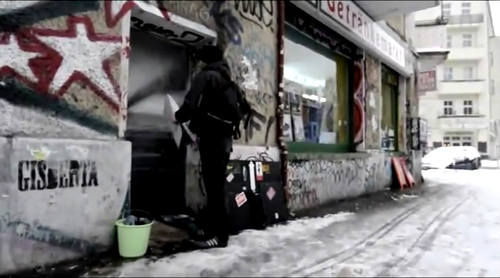


“Born 1974 in Kent, England. He completed his studies at the London St. Martins school of art with a BA Fine Arts degree in painting in 1996. Boxi has lived and worked in Berlin, Germany since 2000.
Boxi creates hand cut multi layered life size stencils that he exhibits in galleries and on street walls. It is often their placement within the installation or urban landscape that completes and defines their action, enabling the work to interact with the space. It is within this collaboration that the material boundaries of the work are dissolved, affecting the perception of the image.”
- via ARTE Creative


